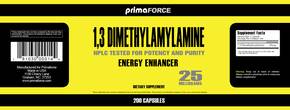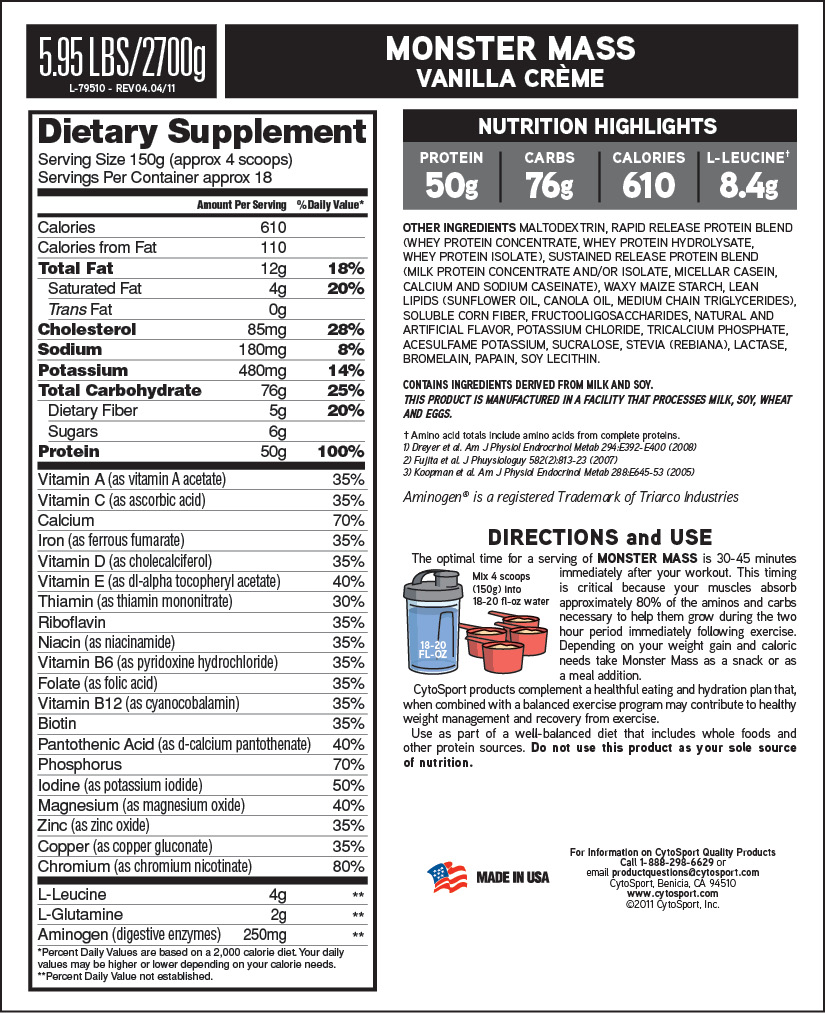What Is 1, 3 Dimethylamylamine & Is It Safe?
 Dimethylamylamine (or DMAA) is an extract thought to originate from the geranium plant, although it is generally synthesised chemically and not extracted naturally. The derivative in its pure form is akin to the chemical epinephrine or adrenaline present in humans. Just as increased adrenaline is associated with increased energy, stimulating activity, better physical performance and increased mental clarity, so is dimethylamylamine associated with these aspects as it works on the same lines.
Dimethylamylamine (or DMAA) is an extract thought to originate from the geranium plant, although it is generally synthesised chemically and not extracted naturally. The derivative in its pure form is akin to the chemical epinephrine or adrenaline present in humans. Just as increased adrenaline is associated with increased energy, stimulating activity, better physical performance and increased mental clarity, so is dimethylamylamine associated with these aspects as it works on the same lines.
We have often seen people getting an adrenaline rush while pursuing certain activities like paragliding, scuba diving or any other activity involving a little skill with a little danger. A similar kind of a rush is experienced when a person takes 1, 3 dimethylamylamine. This is because the DMAA works similarly to epinephrine and releases the same chemicals, causing an adrenaline rush. It has the capability to trigger fat release and suppress the appetite, so is also used as an active supplement ingredient.
First, Is DMAA Banned..?
Before 2012 you could find DMAA in a lot pre-workout supplements. People loved it, it worked really well for many people.
But there were side effects, there was controversy, there were even reported deaths – although you can kill yourself by overdosing on pretty much anything (even water, seriously!) so it’s hard to judge anything properly based on tabloid headlines.
The bottom line however is that in 2013 the FDA stepped in and banned the used of DMAA in supplements in the USA. Other countries have followed suit, with bans in place in Canada, New Zealand, Australia, UK, Sweden, Finland and Brazil. A major contributor of this seemed to be that manufacturers of so-called ‘party pills’ had started using the ingredient for its potent energy boosting and euphoric effects. The USA simply decided it was ‘potentially dangerous’ so banned the use completely within dietary supplements determining that it was a drug and not a dietary product.
And many sporting organisations have banned the use anyway, so if you compete on any level you need to check closely whatever country you live in.
Uses Of 1, 3 Dimethylamylamine
Basically used as a dietary supplement, 1, 3 dimethylamylamine has the capability to stimulate the chemicals in the body as epinephrine would. This stimulating effect can be highly beneficial for body builders and sports people alike, who need to be aggressive in their respective sports. It can also give an overall sense of wellness and euphoria, enhance energy levels and induce greater brain function. So it’s also been commonly used by people studying or cramming for exams.
A potentially highly beneficial use of 1, 3 dimethylamylamine is its capability to suppress appetite and at the same time burn off fat. People wishing to lose weight often have to exercise hard to release stored fat. This work is handled efficiently by 1, 3 dimethylamylamine as it triggers the release of fat, thereby promoting weight loss. A regular intake of the compound in the recommended dosage limit can also help in suppressing appetite, in turn again aiding in losing weight. For this reason, it’s also been used as an ingredient in several dietary weight loss supplements.
Side Effects Of DMAA
Being an artificial stimulant, 1, 3 dimethylamylamine is not completely free of side effects. However, the side effects to be seen need the compound to be taken in large quantities. The prominent side effects associated with it are:
- Anger: since it has the capability to induce anger due to the adrenaline rush, it is unsafe for people who already have anger problems
- Lightheadedness
- Nausea
- Headache
- Paranoia
- Mood swings
Dosage
Although the dosage of the compound is not generalled mentioned specifically in the supplements in which it is used as an ingredient, it is typically recommended to try the compound with only small doses of maybe 10mg. Nonetheless, even this quantity must be consumed after consulting one’s doctor or dietician. The side effects mentioned above are not visible with 40-50mg of consumption of DMAA but this is a general perception and each individual needs to find out his absorption capability. Just as is with other supplements, an overdose can result in damage to internal organs. Therefore, it must be consumed only under the supervision of a doctor.
Is It Safe To Take 1, 3 Dimethylamylamine?
Generally safety of DMAA lies in limited use. A healthy person with no heart conditions can usually take the compound in small doses to induce stimulating effects in the body. However, since 100% safety cannot be guaranteed for any supplement, users should exercise caution while experimenting with dimethylamylamine. In addition, since the FDA has banned the compound and it is included in the prohibited list of substances by the World Anti-Doping Agency, sportspersons and athletes should avoid taking it anyway.
Is 1, 3 Dimethylamylamine In Jack3d?
The original Jack3d did use dimethylamylamine as an ingredient in their dietary supplement (the revised Jack3d formula does not). However, the exact dosage amount of the compound was never declared on the packaging. Which didn’t give a clear idea of the quantity being consumed in each serving. Consumers of Jack3d did vouch for the effectiveness of the product and recommended it to users wishing to enhance their energy levels, physical and mental clarity and performance.
Alternatives To DMAA?
The revised Jack3d product without DMAA has however proved extremely popular anyway, users have found it very effective (read a review of Jack3d Advanced Formula here). Some still miss the original product but if it’s banned and alternatives are available there’s no need to miss it too much.
References
Bloomer, Richard J., et al. “Effects of 1, 3-dimethylamylamine and caffeine alone or in combination on heart rate and blood pressure in healthy men and women.” The Physician and sportsmedicine 39.3 (2011): 111-120.
Bloomer, Richard J., et al. “Effect of caffeine and 1, 3-dimethylamylamine on exercise performance and blood markers of lipolysis and oxidative stress in trained men and women.” Journal of Caffeine Research 1.3 (2011): 169-177.
Farney, Tyler M., et al. “Hemodynamic and hematologic profile of healthy adults ingesting dietary supplements containing 1, 3-dimethylamylamine and caffeine.” Nutrition and metabolic insights 5 (2012): 1.








Beware of Splenda in Jack3d. That stuff is pure poison, same as aspartame. I don’t understand why they don’t use Stevia to sweeten their products. It’s 100 percent safe and sweeter than toxic Splenda.